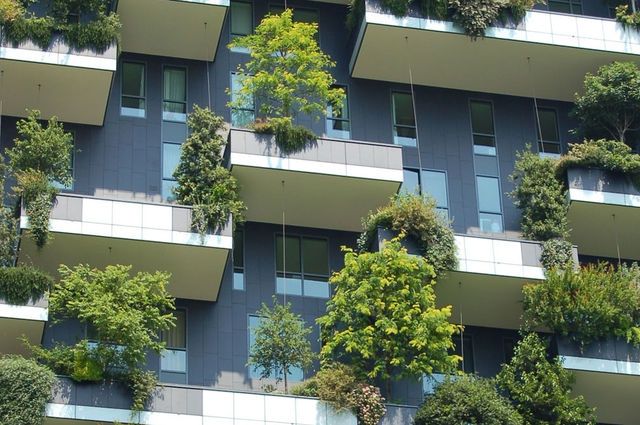Climate Emergency And The Hospitality Industry: Are We On Track?
14 experts shared their view
The hotel industry must reduce its greenhouse gas (GHG) emissions per room per year by 66% by 2030, and 90% by 2050 (see ITP, 2017). However, looking at 10 of the largest hotel companies, only one sets a goal that is in line with the science-based targets. Decarbonization has long become an integral part of risk assessment in other industries. Considering the current growth in hotel supply, the industry has already committed future carbon dioxide emissions via (often) poorly designed and air-conditioning hungry new properties. What drives the lack of commitment in the hospitality industry? What keeps developers and investors away from building a carbon-neutral future? What are the main obstacles ahead? What can the industry do better and how?
During a visit to the new Van der Valk hotel in my hometown Leeuwarden (the Netherlands) I asked the owner why he chose to finance the massive investment needed to build a BREEAM certified property. He answered: “ I am not a sustainability adept; yet if my property would not get an excellent BREEAM certificate, it would lose 20% of its value at the moment of opening”.
This anecdote illustrates not only that there are many ways to a carbon-free society but also that markets have a major role to play. To this I would like to add that legislation is also key in pushing hoteliers and investors towards carbon-neutral buildings. In Amsterdam, for example, the municipality decided some years ago that all new hotel property development projects should satisfy the highest possible BREEAM standards. Since then, Amsterdam got hotels such as Jakarta and Q/O: outstanding examples of sustainable properties.


